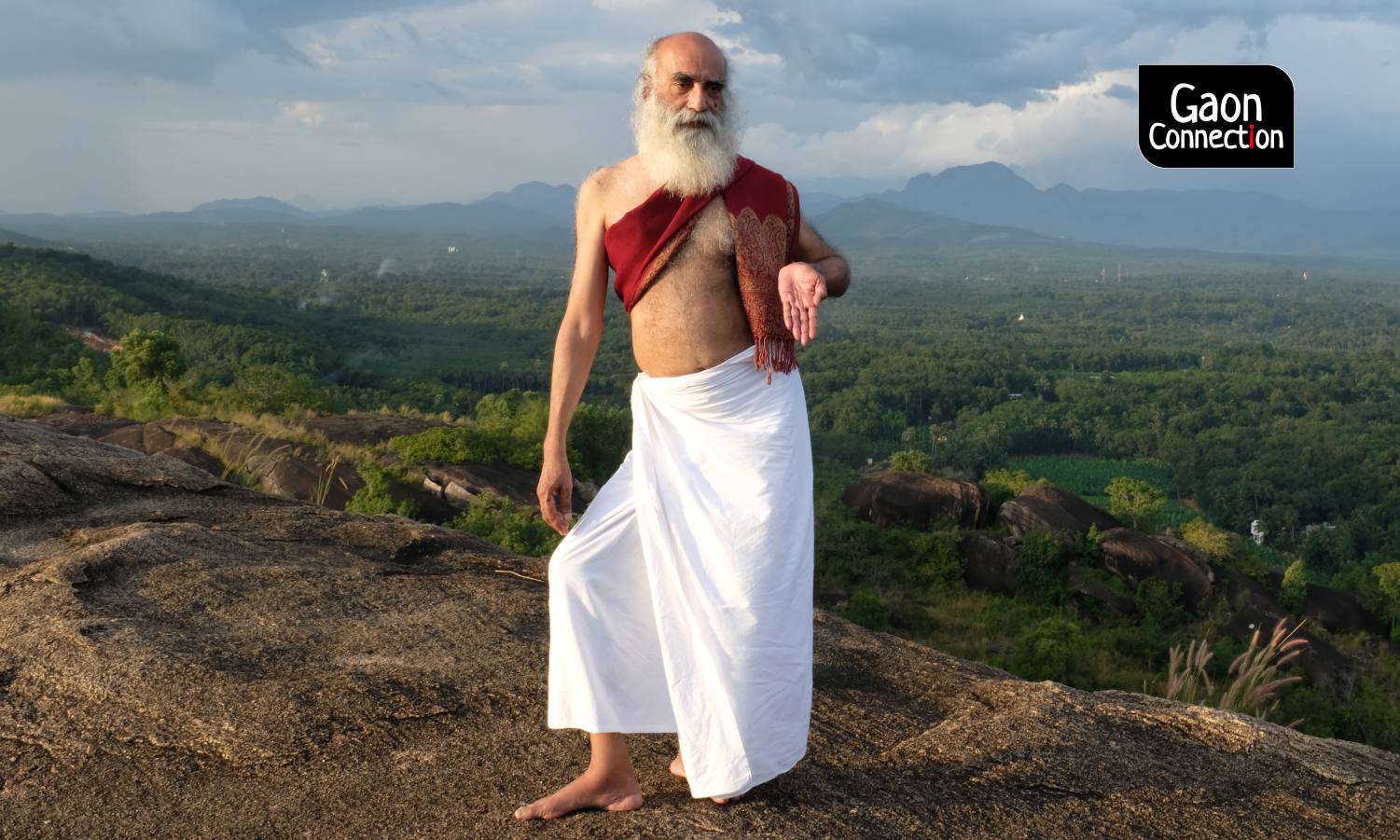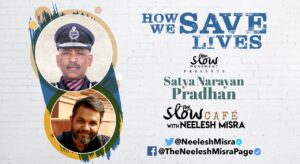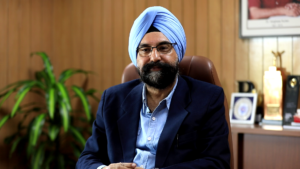Virtual Bharat’s latest film in the 1,000-film journey of untold stories of India is set in Kerala’s Koolimuttam. The film is the story of a man, a rebel, a master. He is known to his disciples, and thus to the world, by one name – “Manu Master”, he says with pride, as he looks at the nature around him. His eyes are kind, filled with strength and wisdom. His red shawl flutters in the wind.
Manu Master was born in Koolimuttam in the 1960s as Abdul Manaf. Little Abdul loved the arts. He accompanied his uncle to Kathakali recitals, performances, and katcheris (Carnatic music concert) alike. He jumped across his school’s compound wall every day to watch and admire the dance lessons given by a teacher right next door.
Noticing his interest in the art form, Abdul’s uncle enrolled him to learn Bharatanatyam when he was just 12. That marked the beginning of Abdul Manaf’s tryst with Bharatanatyam.
Bharatanatyam was considered a temple art form. The postures and grace of the dance form are reflections of those of several Hindu gods and goddesses.
Abdul Manaf was not a part of this culture and he was considered an outsider. He went on to be professionally-trained in other art forms like Mohiniyattam and Kathakali… but Abdul’s heart stayed with Bharatanatyam, especially the temple dancer style.
At the age of 20, he decided to move to Tamil Nadu to train and master the traditional style of Bharatanatyam – one that was banned by the British in a move to stamp out Indian culture. Today, he is one of the leading exponents of this style of dance.
Abdul believes ‘true God’ is ‘love’, and art is the medium to reach God. His dance is an expression of ‘Mohabbat’ he says. Refusing to allow aspects like his name or religion to get in the way of his love for dance, Abdul Manaf took the name ‘Manu’, a nickname his mother had given, and started practicing under this name.
He admired the Tantric school of the dance and says it was his Guru Chitra Visweswaran who changed his life. She showed him how the body was but a small replica of the entire universe, and how, through certain postures, one could unveil the Maha Mantras (sacred truths of the world).
Master’s movements echo the simplicity, grace, and freedom of postures of love and desire – characteristic of the Tantric school of Bharatanatyam. His audience is spellbound when Manu Master moves. The very air around him changes. There is a certain silence, and magic to his performance and even the simplest of mudras can move spectators to tears.
Manu Master dedicates his life to keeping this Tantric tradition of Bharatanatyam alive and passing it on to his disciples. He looks at them with a smile and told the Virtual Bharat team, “My teachers have always shown me the right path but, I want them to be able to choose their own paths.”
As the team of Virtual Bharat shot with Manu Master, they were arrested by not just the beauty of his movements but also the way it echoed the beauty of the nature around him.
Watch the film capture his story through his dance.
You can watch the film on Virtual Bharat’s YouTube channel as well.
Virtual Bharat is a 1000-film journey of untold stories of India spanning people, landscapes, literature, folklore, dance, music, traditions, architecture, and more in a repository of culture. The vision of director Bharatbala, creator of Maa Tujhe Salaam, we are a tale of India told person-by-person, story-by-story, and experience-by-experience. The films are under 10 minutes in length and are currently available on Virtual Bharat’s Youtube Channel.



















